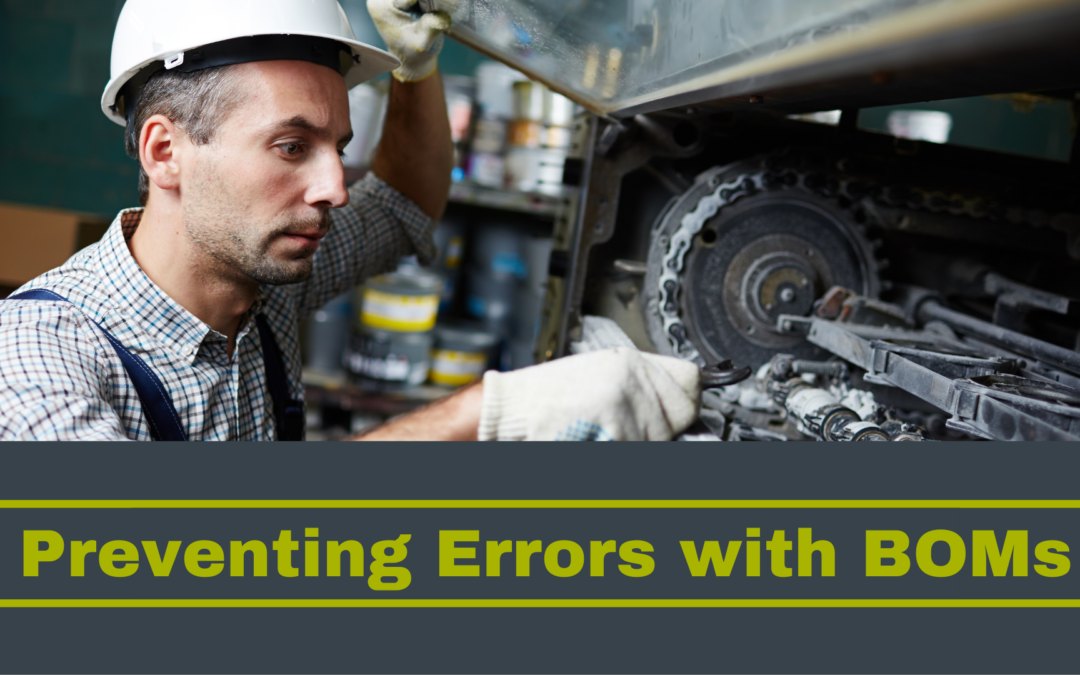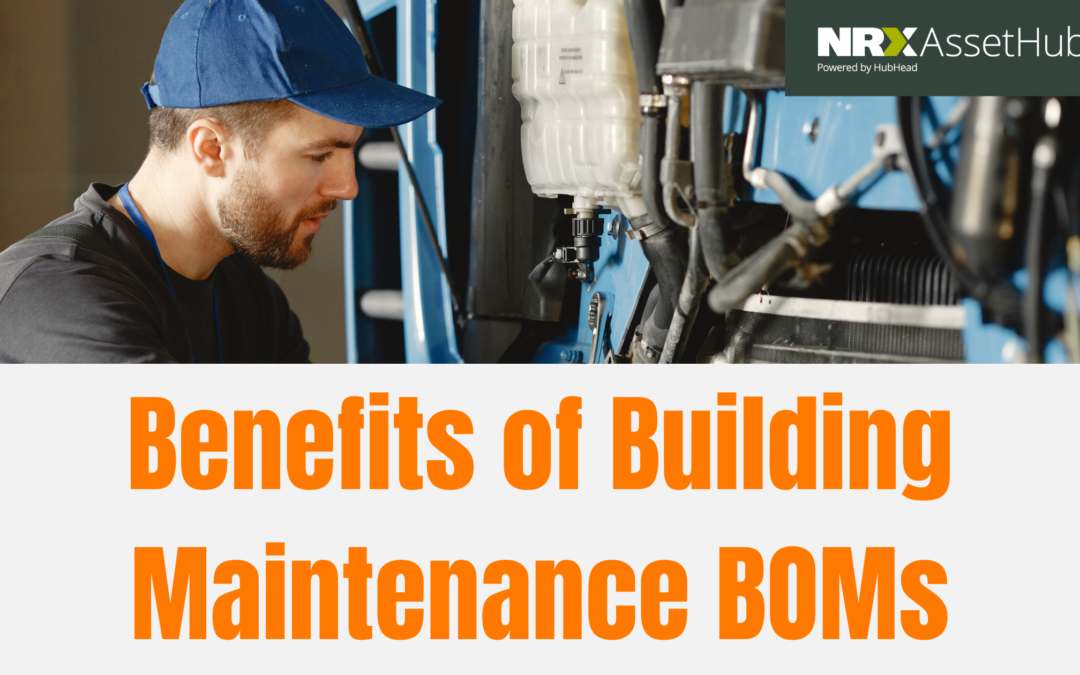
The NRX Blog

Crucial Benefits of BOMs to Any Industry
Investigate some of the leading benefits building maintenance BOMs to any industry.

Industries that Would Benefit the Most from Construction BOMs
Look at some of the key industries that would reap the most benefit from maintenance BOMs.

Reasons Why You Need to Migrate to a Maintenance BOM Now
The following are a couple of key reasons why relying on construction BOMs offers several limitations that building maintenance BOMs does not.

Repurposing Construction BOMs into Maintenance BOMs
Repurposing initial construction BOMs into maintenance BOMs is essential to supporting long-term upkeep demands.

Signs you should start building a BOM
Here are several signs in a legacy CMMS system that you should start building a BOM to enhance management of replacement parts.

Improving your legacy CMMS’ BOMs
Improving your CMMS’ BOM comes with several considerations of what BOMs offer to lists of replacement parts.

How to Prevent Errors Within Maintenance BOMs
When setting up BOMs, it’s important to navigate key problems users face that can produce inaccurate data.

Signs You Have Inadequate Maintenance BOMs
BOMs help workers to be able to obtain accurate parts information for an asset quickly so that they can order parts accordingly and increase wrench time.

Benefits of Building Maintenance BOMs
Building maintenance BOMs can be extremely beneficial in a wide variety of ways. It helps you to ensure that you are capturing accurate parts information, you generate work orders efficiently, increase wrench time, prevent duplicates and ensure overall maintenance efficiency. Whether you are considering upgrading your existing BOMs or building new ones, focusing on building quality BOMs can help to ensure that you reap these benefits.

Why Maintenance BOMs Need to be Accurate
To maximize the benefits of BOMs, they must be accurate. Inaccurate BOMs can make it extremely difficult to find parts as you will be spending an excess time doing so. Also, inaccurate
